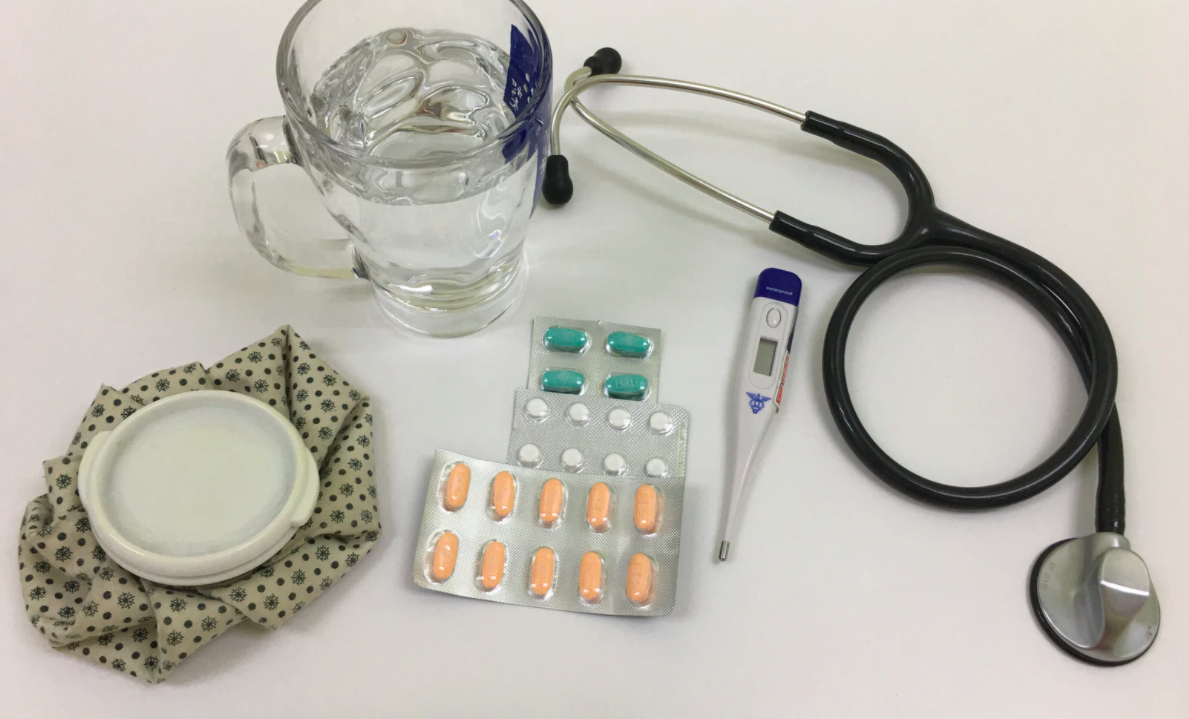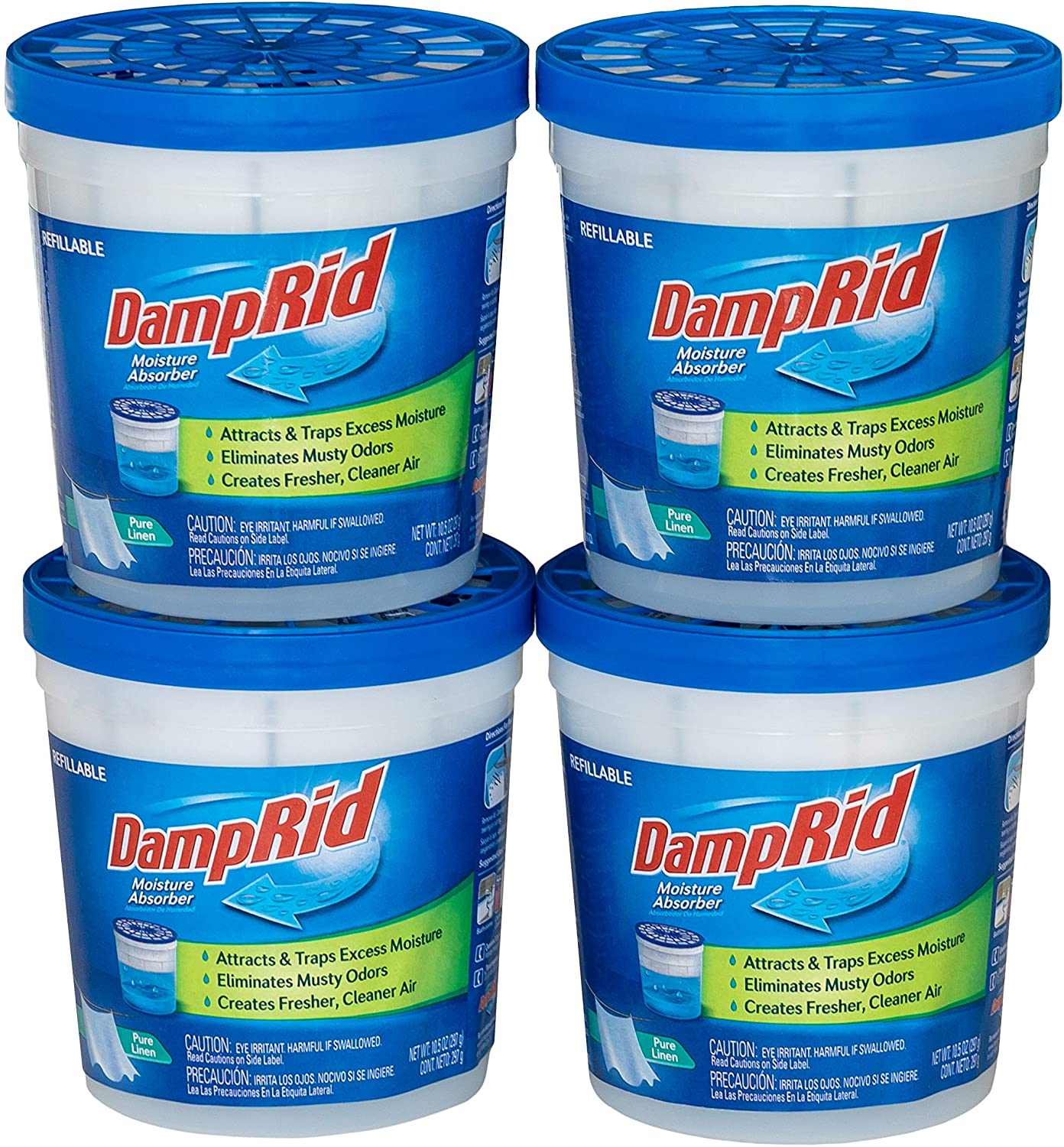
Now, these two problems are more of a risk to some people than others. However, if your home has them, you could be exposing yourself and your family unnecessarily. The good news is that there are solutions to these issues. And educating yourself about them gives you the advantage of being aware of common health problems. That way, when they raise their ugly heads, you won’t be taken by surprise.
#1 Formaldehyde
Although mobile home manufacturers are beginning to use more sheetrock and less paneling these days, formaldehyde is still a major issue, particularly in older or cheaply-made mobile homes. In the case of mobile homes, often the walls and cabinetry are made using formaldehyde.
What is formaldehyde? It’s a strong gas. You may have smelled it before. It’s probably been used to create synthetic products all over your home – things like plywood, particleboard, glues, and insulations. It is even used in fabrics and paper. So it’s not a problem unique to mobile homes.
Why is formaldehyde such a common issue?
Because mobile homes are manufactured quickly in an assembly-line process, all the formaldehyde in the products is released all at once. Moving into a mobile home right after it’s built is an extremely high health risk. But even years later, off-gassing can be a problem. Why? For the simple reason that almost everything in a mobile home is synthetic. The high concentrations of the gas in these products can be toxic. Despite the health risks, it’s interesting to note that formaldehyde is actually naturally produced by most living organisms.
The symptoms
Although the severity of symptoms can vary like any other allergic reaction, there are a few common giveaways. Oftentimes, you’ll feel like you’re coming down with a cold complete with a sore throat, coughing, and headaches. Long-term exposure can cause cancer. Children can become more susceptible to asthma and allergies after being exposed to formaldehyde.
Solutions

Thankfully, choosing the mobile home lifestyle doesn’t mean you have to sacrifice your health. There are some solutions to the problems formaldehyde poses. Air purifying plants are trending right now, and for good reason. Areca palms, peace lilies, and spider plants are three of the most popular plants for knocking out toxins.
An air purifier with an activated carbon filter is another good choice. Be sure to choose the right purifier through solid research. Plus, be willing to pay for a quality product. Ventilation is important. Keep your windows open as much as possible, and in the winter, be sure that you keep the thermostat down to the lowest comfortable temperature. The hotter it is in the house, the more toxins accumulate and you’ll find it harder to breathe.
#2 Mold
Mold is a little less elusive than the colorless formaldehyde, but no less dangerous. Mold feeds on dampness, whether that be actual standing water or summer humidity. It’s not an exclusively mobile home health problem, either. Mold and mildew are notorious in the home owner’s book.
The symptoms and causes
Mold can have some of the same health effects as formaldehyde. Respiratory problems and infections can result from excess mold in your mobile home. And people who are prone to asthma, allergies, and other breathing problems are especially at risk.
If you live in a humid climate, be on the lookout for mold. And you know those winter thaws, when your windows get cloudy and start to collect condensation? That’s a recipe for mold as well when the moisture settles and drys on the window sills. Condensation can also occur on walls in corners that are covered by furniture.
Solutions
Dehumidifiers are invaluable here. You may want to consider getting a small one for each room. Electric dehumidifiers are nice, but in bedrooms, you probably only need something like a DampRid. In the summer, use an air conditioner, or preferably a few scattered throughout the house. If your bathroom doesn’t have a good ventilation symptom to filter your shower steam outside, consider hiring someone to fix that. Or, if that’s not in your budget, buy a dehumidifier for that room too.
Healthy, happy mobile home
Problems like the ones we’ve talked about today are universal. Every homeowner, whether they live in a traditional or manufactured home, experiences health risks and is responsible to fix them. We hope these solutions have helped you in your quest to create a home you and your family can live comfortably in for years to come. If you’re interested in the air plants we mentioned earlier, take a look at our article about why they’re trending and how to use them in your mobile home.




